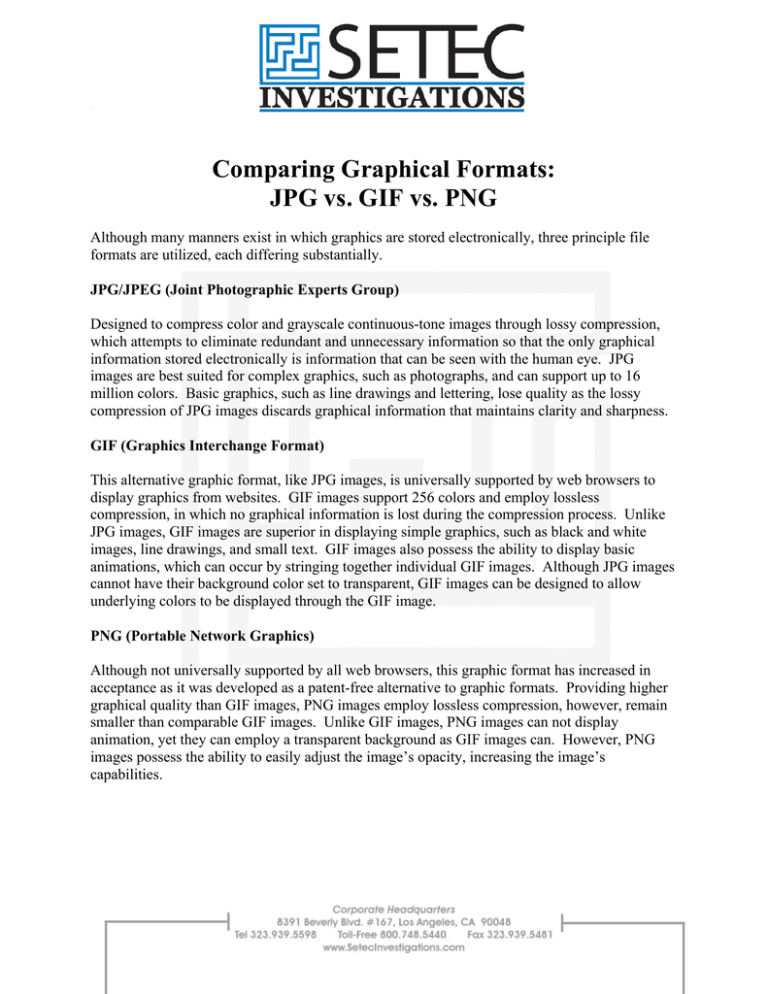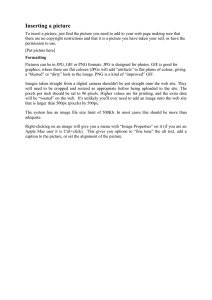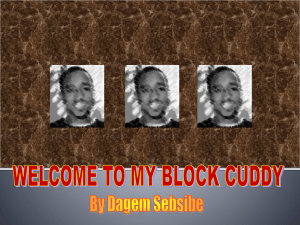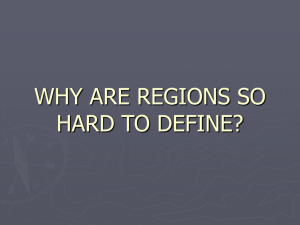Comparing Graphical Formats: JPG vs. GIF vs
advertisement

Comparing Graphical Formats: JPG vs. GIF vs. PNG Although many manners exist in which graphics are stored electronically, three principle file formats are utilized, each differing substantially. JPG/JPEG (Joint Photographic Experts Group) Designed to compress color and grayscale continuous-tone images through lossy compression, which attempts to eliminate redundant and unnecessary information so that the only graphical information stored electronically is information that can be seen with the human eye. JPG images are best suited for complex graphics, such as photographs, and can support up to 16 million colors. Basic graphics, such as line drawings and lettering, lose quality as the lossy compression of JPG images discards graphical information that maintains clarity and sharpness. GIF (Graphics Interchange Format) This alternative graphic format, like JPG images, is universally supported by web browsers to display graphics from websites. GIF images support 256 colors and employ lossless compression, in which no graphical information is lost during the compression process. Unlike JPG images, GIF images are superior in displaying simple graphics, such as black and white images, line drawings, and small text. GIF images also possess the ability to display basic animations, which can occur by stringing together individual GIF images. Although JPG images cannot have their background color set to transparent, GIF images can be designed to allow underlying colors to be displayed through the GIF image. PNG (Portable Network Graphics) Although not universally supported by all web browsers, this graphic format has increased in acceptance as it was developed as a patent-free alternative to graphic formats. Providing higher graphical quality than GIF images, PNG images employ lossless compression, however, remain smaller than comparable GIF images. Unlike GIF images, PNG images can not display animation, yet they can employ a transparent background as GIF images can. However, PNG images possess the ability to easily adjust the image’s opacity, increasing the image’s capabilities.



